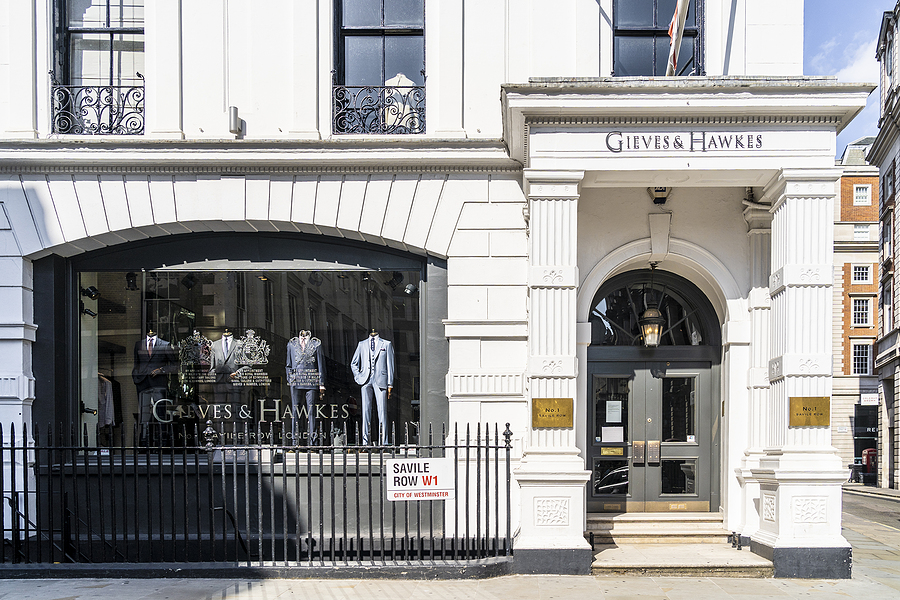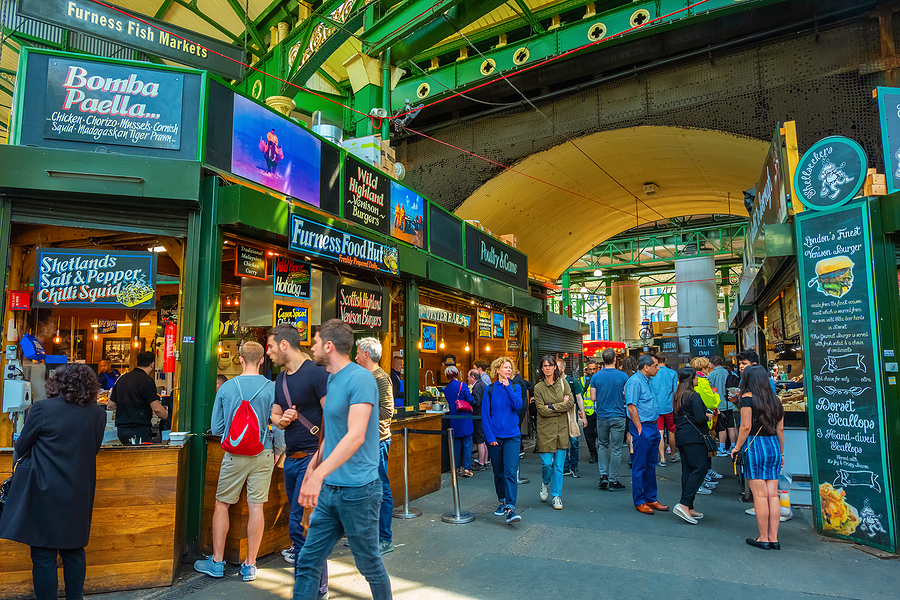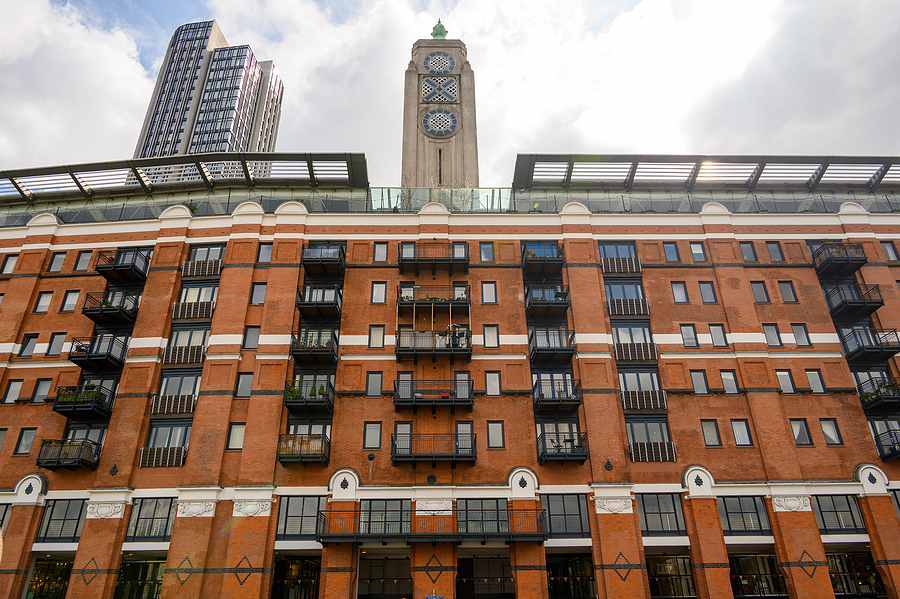Many private London tours can feature some of the more modern marvels of the British capital, such as the London Eye, its famous sports venues and the beautiful parks. However, for many visitors, it is the city’s long and rich history that forms the biggest attraction.
Historical tours of London can include many such things, of course, associated with various historical buildings and people. But there is one exploration that can take you back to the very earliest days of London.
Why And When The Romans Founded London
London was originally founded as the Roman city of Londinium between AD 47 and 50, shortly after Emperor Claudius had completed a successful invasion of what would later become England (It would be nearly 900 years before there was such a thing as England, showing just how far back this goes).
This famous city was not the first capital of Roman Britain; this title went to Camulodunum, now the city of Colchester in Essex.
It was, however, a very important location, with the first bridge across the Thames helping provide a vital crossing as Watling Street, a road that began in Kent, in a north-westerly direction, eventually reaching Wroxeter, close to the border with Wales in today’s English Midlands.
The extent of the original Roman London was a fraction of today’s metropolis, consisting of about half of the modern ‘square mile’ of the City of London, as well as a settlement at Southwark on the opposite bank where, notoriously, the seedier aspects of life took place. It is in these areas that most Roman archaeological finds can be seen.
Roman Sights To See Today
The most obvious of these is the London Wall, which can be seen in many places around the City of London. However, unlike Hadrian’s Wall in the north of England, only the lowest parts are Roman, with later post-Roman reconstruction being carried out by the Saxons and, subsequently, the Normans.
A walk following the wall can be fascinating, but there are some even more significant Roman remains to be seen elsewhere in the vicinity.
For example, Billingsgate Roman House and Baths provides evidence of a traditional bath house, one of the notable features of any Roman town. This was not just a place to bathe, but the centre of social activity.
Among its features is the hypocaust, a form of underfloor heating produced by channelling hot air from a furnace into a cavity beneath the floorboards.
Roman religion is represented by a temple of Mithras, which was discovered during a construction project in 1954 on Walgate and is now open to the public. The cult of Mithras, a god seen as the patron of soldiers and merchants, was a men-only affair. The good news is that if you are a lady, you are allowed to visit today!
An Amphitheatre Surprise
London’s Guildhall covers one of the most fascinating discoveries in the City, an amphitheatre. It had long been theorised that a settlement the size of London would have one, with it being discovered in 1988 during excavation work for a new basement area. What was surprising was its location within the city walls, as such venues usually lay outside them.
This basement is now a display area in the Guildhall Art Gallery showing the stones and layout of part of the amphitheatre, which would have held around 6,000 spectators. Outside, a black curved line on the courtyard shows where the venue would have extended to.
Discoveries of this kind continue to happen. In February this year, part of London’s first basilica was discovered during demolition work in preparation for a new building on Gracechurch Street. The basilica was an important building as the seat of local government in Roman London.
Not surprisingly, this has led to a redesign of the planned new office building, which will incorporate a display of the masonry of the basilica that members of the public can visit.
Expanding Roman London
These features do not all date from the very earliest years of London; the city was sacked in 61 AD in a famous revolt led by Boudica, queen of the Iceni tribe in the east of England, which had already destroyed Colchester. A Victorian statue of the queen, given the romanticised name ‘Boadicea’, stands on the Embankment by the river.
As well as extensive reconstruction after the Iceni attack, Roman London expanded massively, taking over as the capital of Roman Britain, and there are some other sites to be seen beyond the City, such as a grass mound in Greenwich Park where a Romano-Celtic temple stood.
However, there is no doubt that it is in the historic centre where the most significant Roman remains are to be found and enjoyed.











